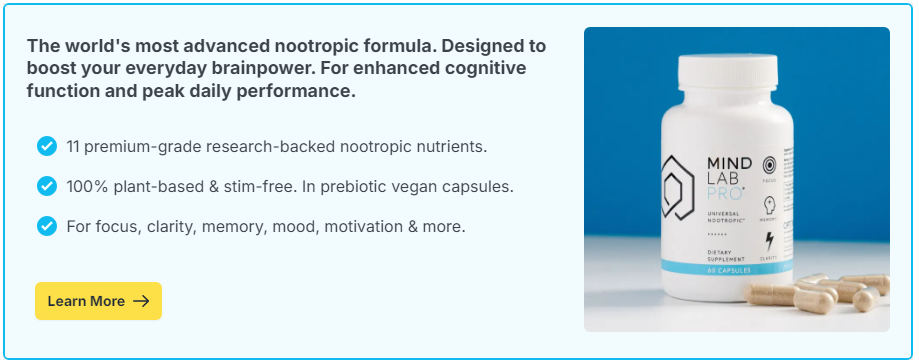
Short answer: For many people, yes. A protein-forward breakfast can steady energy, reduce mid-morning distractions, and support alertness – especially when paired with fiber and fluids and kept free of large sugar spikes.
Contents
What Do We Mean By Morning Focus?
Morning focus is your ability to sit down, start a task, and stay with it without frequent switching. It depends on steady blood sugar, balanced arousal, adequate sleep, and enough nutrients to support brain signaling.
Why A High-Protein Breakfast Can Help
Protein changes how your body handles the first meal. It slows digestion, tempers blood-sugar swings, and provides amino acids that the brain uses to make signaling chemicals. The result can be calmer, longer focus windows.
Stable Energy And Blood Sugar
Carb-only breakfasts can spike glucose and crash later. Adding protein (and some fat and fiber) slows absorption so energy arrives more steadily – useful for reading, meetings, and problem-solving before lunch.
Amino Acids And Neurotransmitters
Proteins supply tyrosine and tryptophan – building blocks for dopamine and serotonin pathways involved in motivation, attention, and mood. You do not need mega-doses; consistent, moderate protein is enough.
Satiety And Fewer Distractions
Protein increases fullness signals. Fewer hunger pings mean fewer task switches to snacks or coffee refills, preserving mental bandwidth.
How Much Protein And When
A practical target for many adults is 20–30 grams of protein at breakfast, eaten within 1–2 hours of waking. Pair with fiber (fruit, oats, whole-grain toast, vegetables) and fluids (water, tea) for best results.
Simple Breakfast Ideas (Mix And Match)
- Greek Yogurt Bowl: 1 cup Greek yogurt + berries + 1–2 Tbsp mixed nuts/seeds.
- Eggs And Greens: 2 eggs scrambled with spinach + whole-grain toast; add beans for extra protein.
- Cottage Cheese Plate: 1 cup cottage cheese + tomato slices + olive oil + cracked pepper.
- Protein Oats: Oatmeal cooked in milk; stir in 2–3 Tbsp powdered peanut butter or whey; top with banana.
- Tofu Scramble: Firm tofu with peppers and onions + side of avocado.
- Smoked Salmon Toast: Whole-grain toast + 2–3 oz salmon + cucumber + lemon.
Mini-Experiments To Test Personal Benefit
Measure outcomes instead of guessing. Keep other variables (sleep, caffeine) steady.
- A/B Mornings: Three days with a 25 g-protein breakfast vs. three days with a low-protein breakfast of similar calories. Track time on task (25-minute block), errors, and hunger at 10:30 a.m.
- Snack Switch: On protein days, note whether you delay the first snack by at least 60–90 minutes. If not, add fiber/veggies to breakfast.
- Mood/Drive Check: Rate morning motivation (1–5). Look for steadier “3–4” rather than peaks and dips.
Common Mistakes And Fixes
Only Protein, No Fiber: Add fruit, oats, or vegetables to prevent mid-morning dips. Huge Portions: Oversized meals can cause sluggishness; keep it moderate. Hidden Sugar: Flavored yogurts and cereals can add large sugar loads – choose plain and sweeten lightly with fruit.
Who Should Be Cautious
People with kidney disease, specific metabolic conditions, or on protein-restricted diets should follow clinician guidance. If you have reflux, choose lower-fat proteins and avoid very large meals. For food allergies (dairy, eggs, soy, nuts), use tolerated alternatives.
A Simple Weekly Plan
Week 1: Choose one protein breakfast you enjoy and repeat it on three mornings. Week 2: Add a second option for variety and run the A/B Mornings test. Week 3: Keep the winner and prep ingredients the night before to reduce friction.
A high-protein breakfast can improve morning focus by steadying energy, supporting key signaling pathways, and increasing fullness. Aim for 20–30 g of protein plus fiber and fluids, test your own response, and keep portions moderate for clear, sustainable focus.

